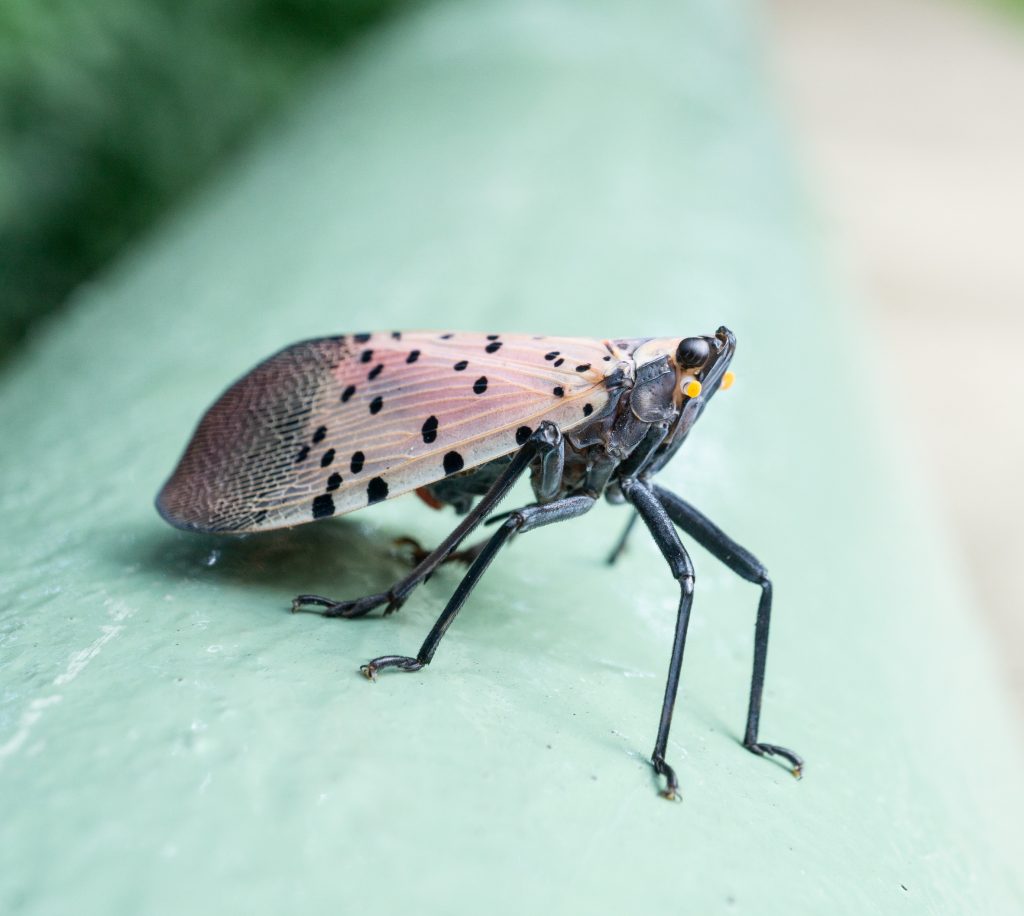December 18, 2019
Fake Trees Won’t Appease Millennials

By: burgundy bug
A Christmas tree in a nursery with a Santa hat and eyes drawn on
Source: The Burgundy Zine
For millennials, it ain’t a Christmas tree unless it really sheds and breathes. According to a recent Value Penguin survey in the United States, millennials are 82 percent more likely to buy live Christmas trees than baby boomers.
However, an artificial tree is generally $513 cheaper than a real tree. While it may not be the more economical choice, it’s still the more environmental choice, says the National Christmas Tree Association.
“Despite the impression that millennials are obsessed with all things modern, our survey found that when it comes to Christmas, the traditional approach of getting a live tree lives on,” Value Penguin says. “This generation showed the strongest preference for live trees over artificial ones, beating out Gen Xers and baby boomers by 15 percent and 82 percent, respectively.”
Their survey also found that men were 68 percent more likely than women to choose a live Christmas tree.
An axe lodged in a stump
Source: Pixabay
Location also had a hand in influencing consumers’ Christmas tree preferences. 42 percent of those who prefer live trees were from out west.
On average, purchasing a live Christmas tree each year will cost $88.
Those who opt for an artificial tree spend an average of $100.53 on their purchase and keep the tree for about seven years, which levels out to about $14.36 per year.
Economic? No. Environmental, yes, according to the National Christmas Tree Association.
The Environmental Benefits of A Live Christmas Tree
Live Christmas Trees Support Life
“While they’re growing, real Christmas trees support life by absorbing carbon dioxide and other gases and emitting fresh oxygen.”
National Christmas Tree Association
Live Christmas trees are often grown in soil that doesn’t support other crops. Additionally, live Christmas tree growers stabilize the soil, protect water supplies, provide refuge for wildlife, and create scenic greenbelts, says the National Christmas Tree Association.
Live Christmas Trees Are Renewable and Recyclable
To keep supplies up, growers will plant one to three seedlings for every live Christmas tree that’s harvested.
Furthermore, live Christmas trees are biodegradable, allowing them to be easily reused, recycled, and repurposed.
On the other hand, artificial trees are a petroleum-based product manufactured overseas. Even if a household keeps their artificial for seven years, it will lay in a landfill for centuries.
Why Do Consumers Say They Buy Live Christmas Trees?
Despite the environmental benefits, no one in Value Penguin’s survey cited a green reason for choosing a live Christmas tree over an artificial one.
It was merely a matter of consumer preference.
- 62 percent enjoy the experience of selecting a tree
- 48 percent say it feels more festive
- 46 percent do it out of tradition
- 46 percent like the smell of the tree
- 32 percent appreciate the visual aesthetic
Why Do Consumers Prefer Artificial Trees?
- 54 percent say they’re less messy than live Christmas trees
- 51 percent say they’re less of a hassle
- 41 percent say it’s less expensive
- 28 percent say it’s safer
- 24 percent say it’s more environmentally friendly
Yeah, looks like the National Christmas Tree Association needs to have a talk with those 24 percent.
Should You Be Worried About Spotted Lanternflies on Live Christmas Trees?
A Spotted Lanternfly perched on a green pole
Source: Adobe Stock
If you live in Pennsylvania – southeastern Pa, in particular – you’ve probably heard a lot about the Spotted Lanternfly, an invasive pest that poses an $18 billion threat to the Commonwealth’s economy, according to the Penn State Extension.
Spotted Lanternflies are like glitters: once you get them, they’re everywhere.
These little critters feed on over 70 plants, including fruit-bearing trees, tree-of-heaven, and arguably the most important crops, grapes and hops (wine and beer).
Although the insect is native to Asia, they first arrived in Bucks County, Pa in 2014 and have since spread to 13 additional counties.
While the Spotted Lanternfly isn’t picky about where it’ll lay its eggs, experts with PSE say it’s unlikely this pest will rear its head as an unwanted ornament on your live Christmas tree this year.
“Real trees are part of an outdoor ecosystem, and there is always a chance that insects may be brought indoors with a tree, and the spotted lanternfly is no exception,” said Tanner Delvalle, a horticulture extension educator based in Berks and Schuylkill counties. “However, Christmas trees are not a preferred host for spotted lanternflies, so the probability of finding a spotted lanternfly or an egg mass on Christmas trees is low and should not be a reason for anyone to forego having a live holiday tree.”
In Conclusion
“Fake” Christmas trees won’t appease millennials, as they are 82 percent more likely than baby boomers to choose a live Christmas tree over an artificial one due to the experience of selecting a tree, the festivities, and tradition. Plus, there are environmental benefits to celebrating with a live Christmas tree.
Those who live in Pennsylvania can still enjoy their live Christmas trees without having to worry about a red, spotted, six-legged ornament coming with it – but you should still keep an eye out for their egg masses and destroy them immediately if you see one.
Two Spotted Lanternfly Eggs on a maple tree
Source: Adobe Stock
Interested in having content featured in an upcoming blog post or issue of The Burgundy Zine? Head on over to the submissions page!
For all other inquiries, please fulfill a contact form.





